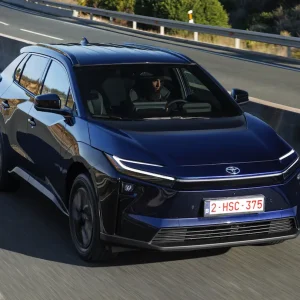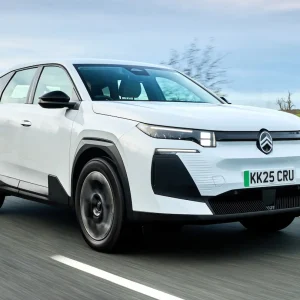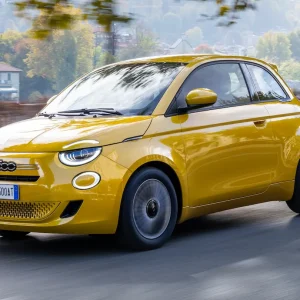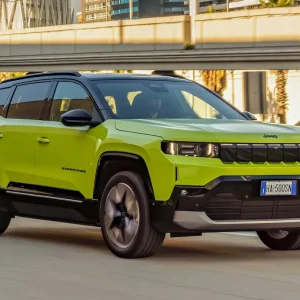Mercedes’ E-Class continues its rehabilitation after emerging from the trauma of poor quality, faltering reliability and potentially compromised residuals.
Although product development managers at Stuttgart maintain that the process of righting those predominantly electronic wrongs has been underway since 2003, the seventh generation of this enduring fleet seller should exorcise that trauma.
E equals evolution, with no major cosmetic makeover. Louvred headlamp eyebrows, a more assertive grille, re-sculpted bumpers and LED parking lights freshen up the middleweight cruiser’s appearance.
More importantly, half (some 2000) of the E-Class’s predominantly under-the skin components have been replaced or revised.
The familiar interior now features a four-spoke steering wheel, new air-conditioning controls, plus fresh colours and fabrics to make the cabin less clubby and drab.
Regaining cast-iron durability involved exhaustive testing for multiple layers of electronics. The “testing, driving, testing, driving” routine covered 3.4 million miles and used 1000 independent German company car drivers.
Hostile consumer feedback and recalls have resulted in the Sensotronic brake-by-wire system being abandoned, replaced by the S-Class’s adaptive braking format.
More power and torque is available across the engine range, with little or no trade-off in fuel economy.
This extends from the supercharged 2.1-litre petrol Kompressor with 136PS, via 170PS 2.2-litre and 224PS 3.2-litre CDi units up to the new 5.5-litre V8 E500 (388PS) and its street-racing alter-ego, the 6.3-litre 513PS E63 AMG.
In terms of CO2 emissions, the 220CDi manual is 11g/km cleaner, while the 320CDi is unchanged, and the E500 brings its rating down from 280g to 273g, but the uprated E63 AMG does little to save the planet with emissions of 431g/km.
Underpinning these upgrades is a more taut and responsive chassis, with particular attention paid to improving steering precision and feel.
We covered most miles in the 320 CDi saloon, the favourite among fleet users, who make up around half of the E-Class’s sales. It will cost £36,895, a £625 hike justified by additional safety equipment and myriad technical improvements.
The enhanced engine and standard seven-speed auto ‘box combine to provide genuinely seamless changes. Manual operation of the sequential lever induces a satisfying un-diesel-like raucous exhaust note.
The benchmark 62mph comes up in 6.8 seconds and the nominal maximum speed is 155mph.
Our test car had the £1800 optional air suspension with three electronic damper settings. It curtails body roll, but the firmest setting threatens to loosen fillings over even mildly ridged surfaces, and the straight-ahead steering feel is still a bit vague.
A brief run in the 4-cylinder 220CDi demonstrated that its 170PS may match BMW’s 2.0-litre engine for power but it lacks its rival’s sparkle and elasticity.
Mercedes is commendably fitting the Pre-Safe collision anticipation system as standard across the range. Sensors trigger a procedure before an accident happens, closing windows and sunroof, pre-tensioning seat belts and setting seats in the optimum impact position. Little wonder its new electronics-testing regime is so rigorous.





